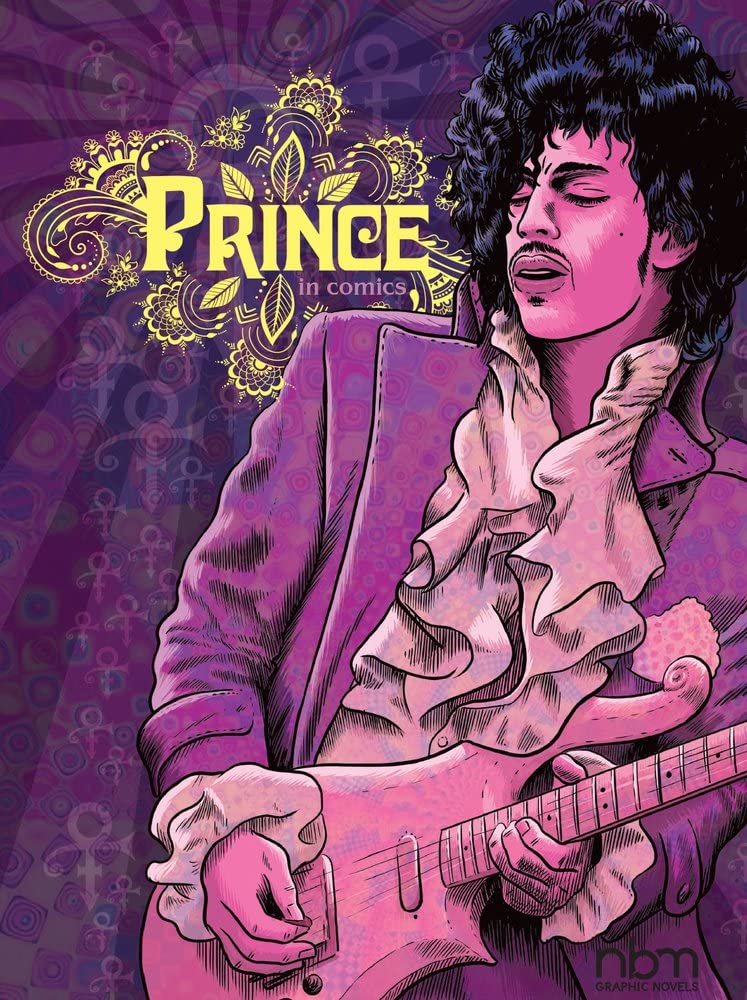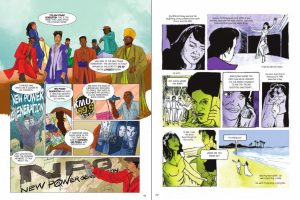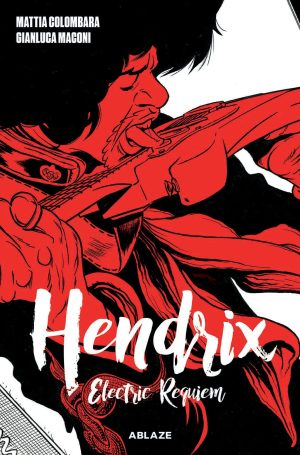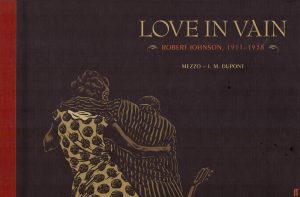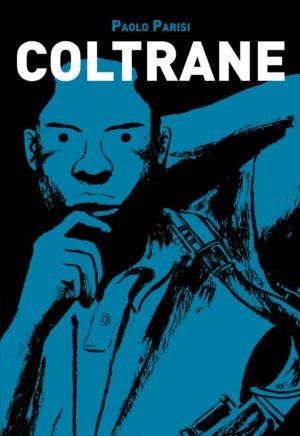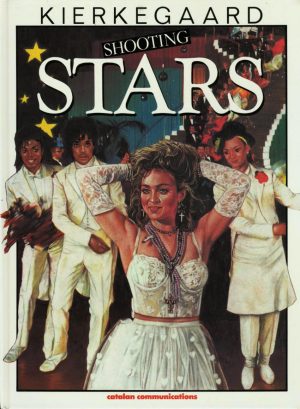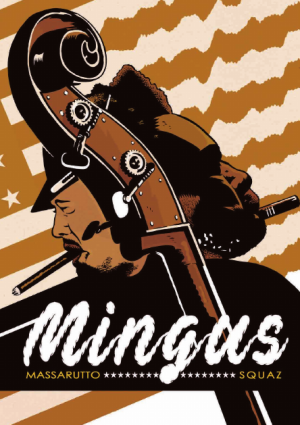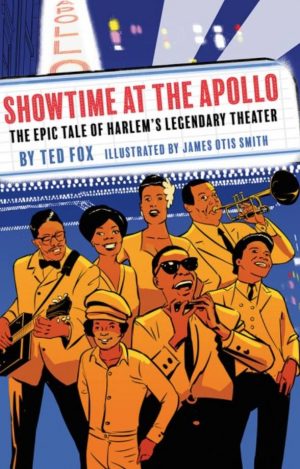Review by Frank Plowright
Whatever the minor quibbles about translation and formula, what’s absolutely certain is that NBM have a winning series via translating French biographies about the biggest stars of the rock era. Prince in Comics sticks to the established formula of twenty brief comic strips by different artists, this time written by Tony Lorenço, moving forward through Prince’s life, and accompanied by Nicolas Finet’s between chapter essays looking at periods in greater detail. As in other books of the series, the strips and essays share too much common ground, as if there’s no communication between Lorenço and Finet, but that’s only the case over the opening chapters, and there’s less crossover once Prince’s recording career begins.
In keeping with a theme of there being a frequent lack of clarity about pivotal moments in Prince’s career, Lorenço switches the narrative between different people who were influences at different stages. Childhood friend Andre Anderson, early manager Bob Cavallo, and girlfriend and drummer Sheila E are logical choices, but Lorenço is imaginative with other selections. The construction of Prince’s Paisley Park studio is presented as a conversation between two workmen, and a legendary after gig is seen through the eyes of a French music journalist.
The usual format for these musical biographies is for assorted artists with styles ranging all the way from cartooning to realism, and that box is again ticked. However, for the first time the admirable policy of commissioning relatively inexperienced artists is noticeable, with a few segments not as well drawn as one might hope. The sample spread features a pair of artists who contribute two chapters each. Christelle Pécout’s heavily photo referenced page shows delicate lines and is combined with Barrack Rima’s less attractive, sketchier style. Christopher’s confident clear line art and Samuel Figuière’s not too dissimilar style are also seen on two chapters. Of the other artists, Yvan Ojo’s throwback to 1970s cartooning is very nice and Christopher illustrating Prince’s 2007 Superbowl half time show provides some ecstatic moments.
Prince’s career differs from acts previously featured as part of the In Comics series as it wasn’t one of continual success. Although his musical talent was never in doubt it wasn’t until his fourth album that he really hit big, and such was his desire to follow his own muse that from the 1990s not every release hit the jackpot. It means later chapters are interesting for not just reinforcing success, and much of the information here could be new to his 1980s fans who didn’t follow him to the end. His constant willingness to experiment with marketing and promotion is fascinating, breaking away from entrenched company formulas and, as he so often was, again ahead of the times.
There’s no avoiding the sad ending, but Lorenço provides a sentimentally dignified closure to the career and life of a maverick great while offering some cheer in the form of all the as yet never heard material Prince left behind. Despite some disappointing art, Prince as a subject provides one of the best biographies in this series to date.
